How to Fix Reboot and Select Proper Boot Device
The “Reboot and select proper boot device” error is a nightmare that haunts all version of the Windows Operating System starting from Windows XP to Windows 8.1. While this problem hasn’t been as big of an issue on Windows 10, more than half of all Windows users – who have not yet upgraded – are still vulnerable to it. This error, which reads “Reboot and select proper boot device or insert boot media in select boot device” in its full form, in most cases, either shows up out of nowhere or is caused by a corruption of system files, a mucking up of a computer’s boot order or faulty hardware such as a failed or failing hard disk drive.
In all cases, this error shows up whenever an affected user boots their computer up and does not allow them to boot into their Operating System regardless of how many times they try to do so. Thankfully, there are plenty of solutions that have worked for countless Windows users who have been affected by this problem in the past and are worth giving a shot if you can now be counted among the many that have experienced the perils of this issue. The following are the most effective solutions that you can use to try and fix the “Reboot and select proper boot device” error:
How to BOOT into BIOS to change Boot Order
You must know how to boot and change boot order since this will be needed to perform the solutions below. Restart your computer. Enter your computer’s BIOS (or UEFI) settings as soon as it starts up. The key that you need to press to enter these settings depends on the manufacturer of your computer’s motherboard and can be anything from Esc, Delete or F2 to F8, F10 or F12, usually F2. This is displayed on the post screen, and the manual that was supplied with your system. A quick google search asking “how to enter bios” followed by model number will also list results. Navigate to the Boot.
Solution 1: Check to see if your hard disk has failed or is failing
A failed or failing hard disk can also be the root of this issue. To check to see if you hard disk drive is failing or has failed, you need to: Go here and download an ISO file for Easy Recovery Essentials. Burn the ISO file to a CD/DVD or a USB using MagicISO or other free burning software. Insert the media into the affected computer, restart it and then boot from the media. Click on Automated Repair. Click on Continue.
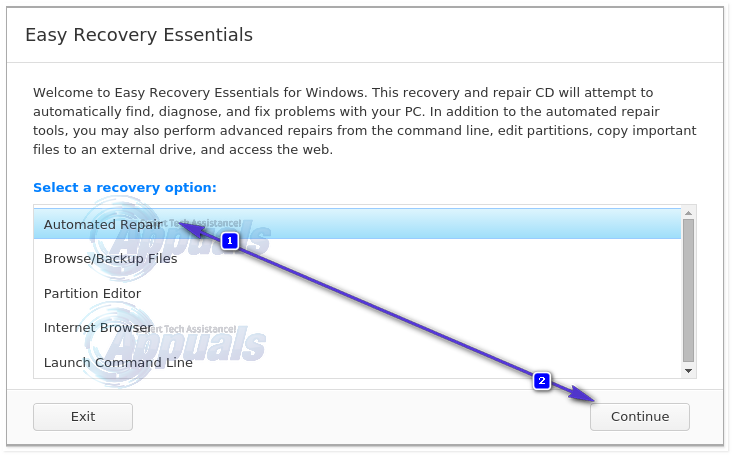
Wait for the Automated Repair to be completed. Once the process has reached completion, you will be informed if either your hard disk drive or RAM has failed or is failing. If you find that your HDD really has failed or is failing, replacing it with a new one and then starting over with a new installation of Windows should fix the “Reboot and select proper boot device” problem.
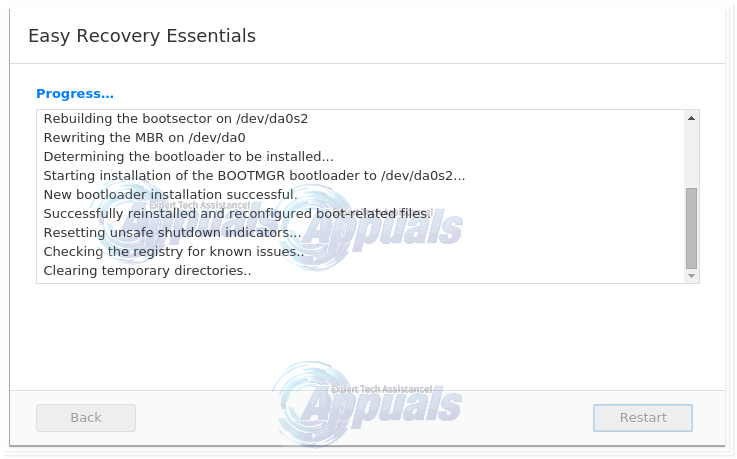
Solution 2: Disable or Enable Legacy Boot (for UEFI computers only)
In every computer that comes with Windows 8 or higher out of the box, BIOS has been replaced with something known as UEFI. UEFI comes with a feature known as Legacy Boot, and in some cases, having UEFI boot turned on or off can give birth to the “Reboot and select proper boot device” error. If that is the case, simply enabling (or disabling) the Legacy Boot feature should fix the error.
Restart your computer. Enter your computer’s UEFI settings menu immediately upon startup. The key for accessing this menu depends on your motherboard’s manufacturer. (see manual)
Find the Legacy Boot option in any of the tabs of the UEFI settings. If the Legacy Boot option is enabled, disable it. If it is disabled, enable it. Save the changes. Restart your computer. When your computer boots up, check to see if the problem persists.
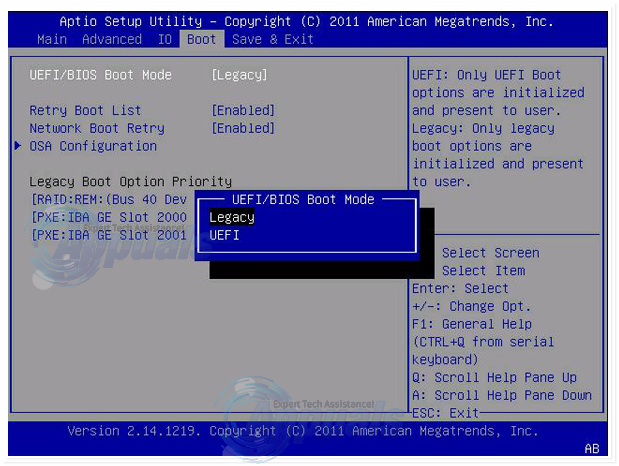
Solution 3: Check to see if your computer’s boot order is correct
Change your computer’s Boot order and configure it to try booting from your Hard Disk Drive (HDD) first and any and all other options later.

Solution 4: Use diskpart
A computer may also be affected by the “Reboot and select proper boot device” error if its primary hard drive partition is no longer configured as the active one. If that’s the case, simply setting your primary hard drive partition as the active one should get rid of the error. Insert a Windows installation or Recovery media into the affected computer, restart it and boot from the media you inserted. If you don’t have a recovery/installation media for Windows 7: see this – For Windows 8/10, see here
Go through the screens until your find an option to repair, restore or recover your computer. This option will either take you to the System Recovery Options screen (on Windows XP, Vista and 7) or a screen where you need to click on Troubleshoot (on Windows 8 and higher).
Windows 7

Use the command prompt option, last one.
Windows 8/10

Click on Command Prompt. Type the following commands one by one into the Command Prompt, pressing Enter after typing in each one:
diskpart
select disk X *X being the number corresponding to the disk on which your installation of Windows resides. For a full list of disks installed on your computer, type list disk into the Command Prompt and press Enter*
list partition select partition X *Substitute the latter X with the name of your primary partition* active
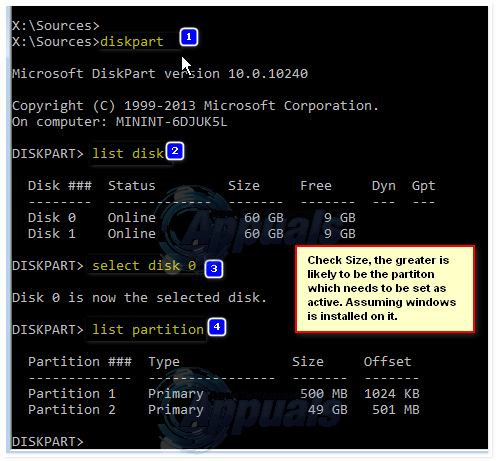
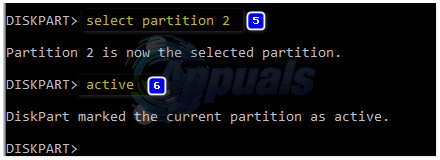
If you do not have a Windows Installation or Recovery media handy, you can also use the Launch Command Prompt feature that comes with Easy Recovery Essentials. To do so, simply go here, download an ISO file for Easy Recovery Essentials, burn the ISO file to a CD/DVD or USB, insert the media into the affected computer, restart the affected computer, boot the computer from the media and when asked to Select a recovery options, click on Launch Command Line. You can then go on to type in and execute all of the commands listed above one by one.
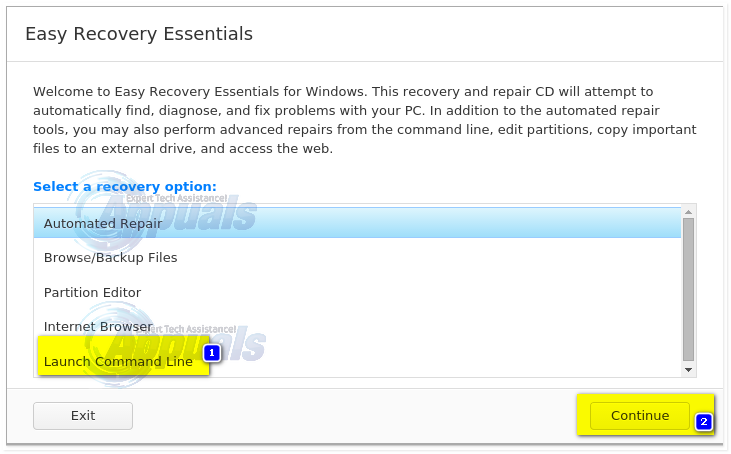
Solution 5: Replace your CMOS battery
The CMOS battery is a small circular cell located in the heart of your motherboard. The CMOS battery stores small errors and issues such as the “Reboot and select proper boot device” error in its memory, causing users all sorts of grief. In the case of countless errors and issues, including this one, opening up your computer rig, gaining access to the motherboard, removing your CMOS battery, holding your computer’s Power button for at least 10 seconds to get rid of any residual charge and then replacing the CMOS battery with a new one has pretty high chances of getting your rig to start working as it should. see images here
Solution 6: Reinstall Windows
If every single one of the solutions listed and described above bear no fruit, reinstalling Windows on your computer is a tried, tested and definitive solution to the “Reboot and select proper boot device” error. You can try to salvage all the data you can while reinstalling Windows, but unfortunately, if none of the solutions above worked for you, reinstalling Windows is your last resort provided that the hard disk is ok and there are no hardware faults.